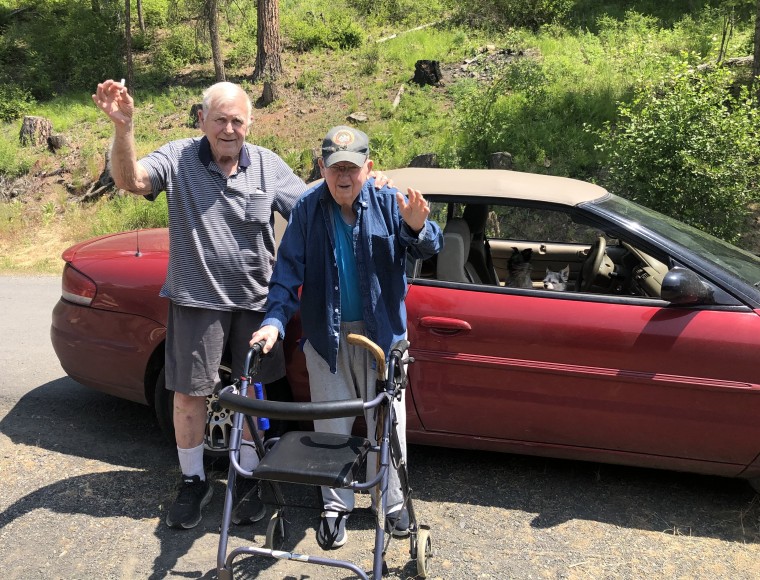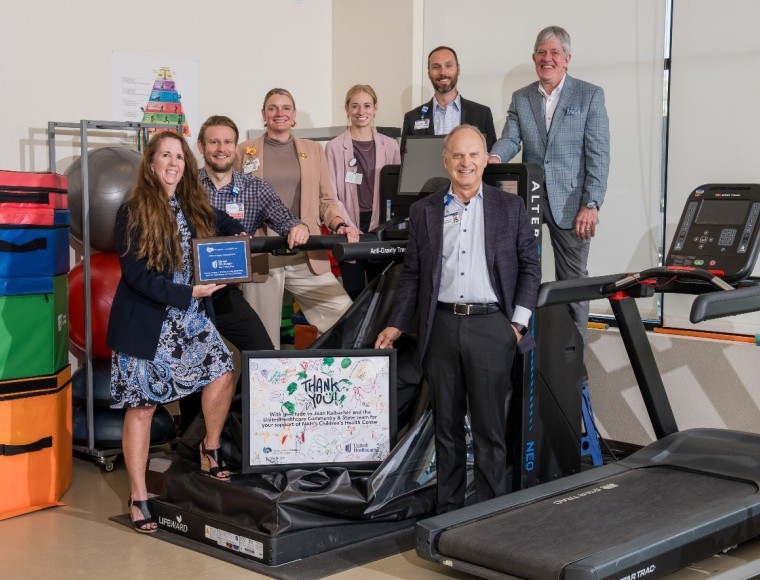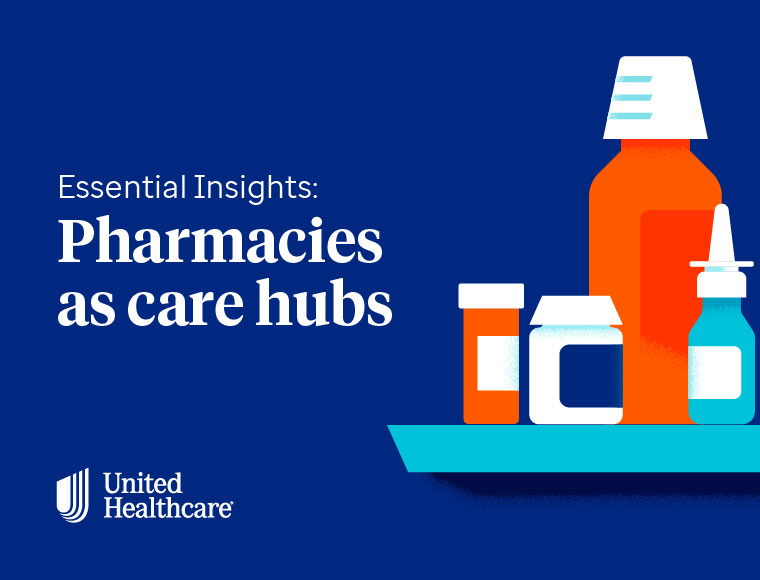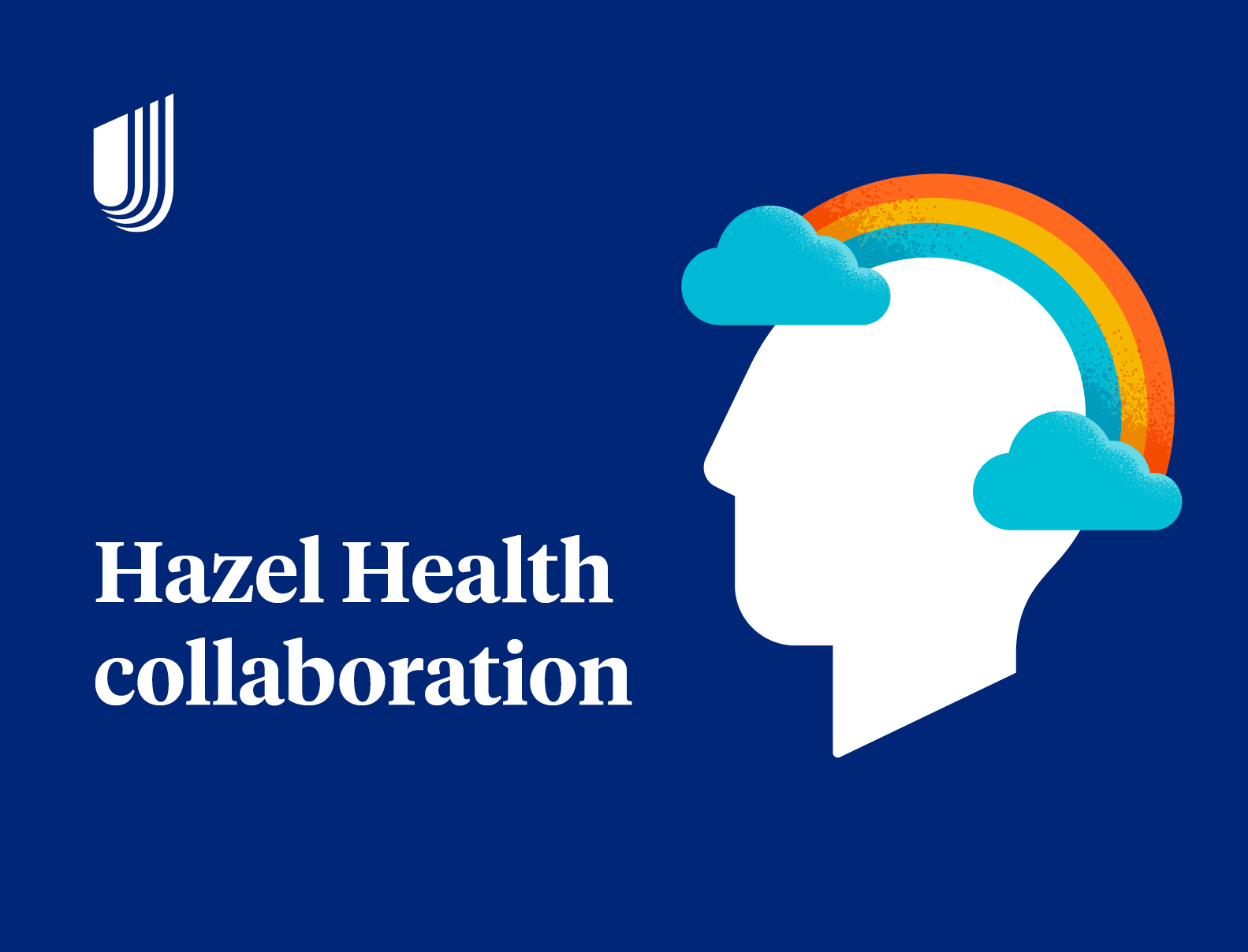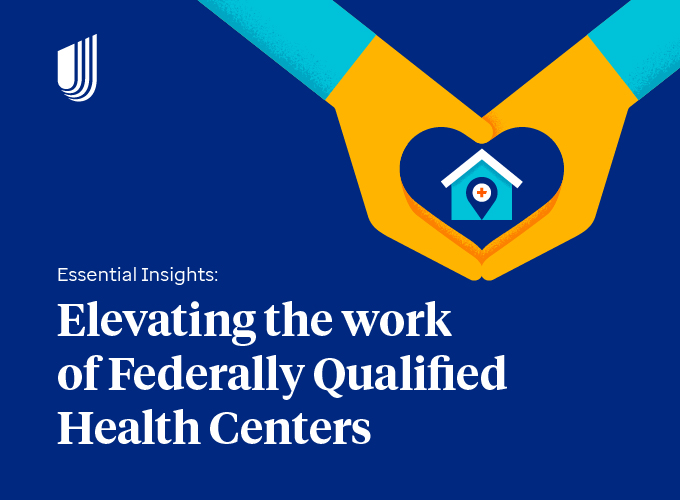The challenges today
Seven years after the passage of the Patient Protection and Affordable Care Act (ACA), the debate about healthcare coverage continues. While more Americans have coverage for healthcare today, 28 million individuals under the age of 65 are still without.1 The Congressional Budget Office anticipates this number will grow. About 10 percent of the uninsured reside in states without Medicaid expansion and 20 percent are likely eligible for Medicaid but have not enrolled, leaving approximately 40 percent that have chosen not to purchase insurance available to them through an employer, through the exchange or from an insurer.2 While there are several factors at play for those who are not signing up for coverage, affordability of coverage is likely the most influential factor in the decision to opt-out.
For individuals below 100% of the federal poverty level (FPL) in states that have not expanded Medicaid, coverage through the exchange is likely not economically feasible given that they do not qualify for federal subsidies that reduce overall costs to purchase coverage. For individuals from 138% - 400% FPL, subsidies support the purchasing of coverage on the exchange but do not sufficiently reduce the costs of coverage proportionately to income. While the federal subsidies partially shield individuals from the cost of premiums on the exchange, the average household incomes remain tight forcing difficult decisions on budgets and priorities.
Medicaid programs have a deep understanding of the impacts of socioeconomic factors on health and wellbeing, which is critical to designing meaningful incentives that drive engagement.
Most Americans live in counties where the exchange has been able to attract multiple health plans offering products, however there are pockets where only one health plan is offered. According to CMS, over 29% of all exchange participants will have no choice of carrier in the 1,524 counties where only one carrier is offering plans for 2018.3 Limited competition and regulatory barriers combined with uncertainty regarding the funding of the federal cost share reduction payments mean further exacerbated coverage, affordability and, in-turn, cost pressures felt by individuals purchasing on the exchange.
While 17 million individuals have benefitted from coverage offered by states that exercised options to expand Medicaid following the ACA, states continue to struggle with addressing budget pressures. States are seeing rising health care expenditures and the resulting growth in Medicaid budgets due in combination to overall healthcare cost trends, enrollment growth due to demographic and policy changes, and cost increases due to program design in the ACA (despite the federal subsidies for Medicaid expansion). While states want to continue to ensure access to health care coverage, they are being forced to explore creative ways to continue coverage levels within the budget and resource realities of the system.
Some states have implemented, or are exploring, personal responsibility tactics to increase individual engagement and financial responsibility to contribute to the cost of coverage. Simultaneously, other states are exploring opportunities to drive outcomes through investments in efforts to reduce socioeconomic barriers – such as housing, employment, nutrition. While different in their approach, both strategies share a goal to effectively support individuals to achieve stability and reduce dependencies on public assistance over time.
What if there is an alternative solution?
The pressures as outlined above combined with a responsibility to find an alternative solution to ensure individuals have access to affordable coverage force us all to ask – “isn’t there a better way”? We think there is.
What if states build on the solid foundation of Medicaid programs to develop a new approach to health coverage that would:
- Support a continuum of needs to empower individuals and families to reduce reliance for public assistance
- Streamline eligibility and program administration for public medical assistance to address eligibility cliffs and coverage affordability issues as individuals increase income
- Harness the purchasing power of states to offer a range of affordable coverage options for citizens
- Simplify system administration to accelerate integration of services, penetration of value-based purchasing
- Strategies and advance innovations from the private sector (such as commercial insurance strategies)
- Target socioeconomic supports across a FPL income continuum to support individuals and families with achieving greater stability and reduced dependency on public programs
Why leverage Medicaid?
Medicaid, specifically since the implementation of the ACA, has scaled up to meet the demands created through increased enrollment to provide coverage for 72 million Americans – 17 million of which became eligible because of ACA and the remaining 55 million who qualified pre-ACA. Medicaid’s history is built on providing coverage to the nation’s most economically disadvantaged populations, including low-income children and their families, low-income seniors and low-income people with disabilities.4 These populations are distinguished by the breadth and intensity of their health needs; the impact of poverty, unemployment and other socioeconomic factors on their ability to obtain health care services; and the degree to which they require assistance in paying for care.5
Medicaid programs have a deep understanding of the impacts of socioeconomic factors on health and wellbeing, which is critical to designing meaningful incentives that drive engagement. This insight can be used to develop systems that are capable of providing individuals with pathways to reduce and eliminate reliance on public assistance over time.
Medicaid is a stable, tested, economical foundation to build on as states seek innovative new strategies for supporting coverage and access. These programs regularly serve individuals with the most complex needs, but do so with limited resources. Leaders in Medicaid have developed a keen awareness and attention to program sustainability and efficiency that is necessary when serving a significant portion of the population. This experience should be leveraged when looking to make coverage more affordable.
The Federal-state partnerships that serve as the foundation of Medicaid programs across the country provide the philosophical base for program design driven by the unique dynamics of each state. New Mexico’s health system challenges are much different than New York’s, and therefore so are their Medicaid programs. These state variability factors can be carried through in a new approach that serves a broader portion of the state’s population.
With incubators throughout the country running pilots, testing approaches, and leveraging private contractors in new ways, the Medicaid system is well positioned to take on the complex challenges facing today’s health system.
How could this work?
Currently, the concepts outlined above have not been pursued in totality by any state, but the current administration has signaled a willingness to grant states enhanced flexibility to test new concepts within Medicaid and the ACA marketplaces. The desire to advance alternative options that are not reliant on Congressional action represents an unprecedented opportunity for state leaders to design programs that work for their state, their constituents and their political realities.
Tools for establishing this flexibility exist in Section 1332 and 1115 waiver authorities that, taken together with CMS approval, will allow modifications of both the Medicaid program and the ACA requirements.
Funding for such a program would be achieved by blending various state and federal dollars currently supporting these populations:
- For those from 0-100%FPL, the program focuses on providing benefits that align with the individual based on a clinical and socioeconomic profile of need and is funded through the state and federal Medicaid dollars.
- For the population from 100-138% FPL, consumer engagement and financial literacy tools are introduced and funding continues through the state and federal Medicaid dollars.
- For those who are 138-200%, benefits and premium responsibilities would mirror the Basic Health Program approach (section 1331 of the ACA) and funding would be a blend of individual responsibility and federal funding.
- From 200%- 400% FPL, a reinsurance pool paired with program design for passive enrollment into a product that is built on the foundational structure from Medicaid, but looks more like traditional employer or commercial coverage funded through individual contributions and repurposed federal funding subsidies.
Since insurers would be required to cover all four income buckets, risk would be spread out across the continuum. In addition to making participation more attractive to insurers, individuals benefit from increased continuity of care as they move up the income continuum. While funding source, cost sharing and incentive design features will adjust, individuals’ insurer, providers and the tools and communication channels they have become accustom will remain consistent. Using this approach, the state could combine the affordability of Medicaid with broader value-based approaches to drive systemic change that is virtually impossible to achieve with fragmentation in the market.
This approach expands the influence of state contracting power to a broader portion of the market, increasing the ease and likelihood of engagement from the provider community. Through the alignment of incentives throughout the system, providers would have the ability to share in the savings for system improvements and performance. At the provider level, broader pools of patients under each Managed Care Organization (MCO) would improve the implementation and profitability of the value-based arrangements.
Program design that supports empowerment
Thoughtful design and implementation of programs is critical. States should strive for simplicity while creating meaningful and flexible incentives that encourage positive behavior change. Early efforts to implement personal responsibility show that for some portions of the population, there is active engagement. For this population, which shows a high interest and motivation, efforts to tailor benefits to further support advancement should be targeted.
We encourage states to consider the following during their design and implementation of a system that seeks to provide pathways to reduced and eliminated use of public assistance:
- Target Personal Responsibility provisions as a function of income across the continuum from 0%-400% FPL, leveraging a Medicaid chassis as the underlying program platform.
- Personal Responsibility models should provide sufficient flexibility to offer a set of benefits and supports across an income continuum that engages enrollees in their health care decisions and offers educational tools on financial literacy. Program flexibility should allow for adjustments to benefits, tools and financial responsibility as an individual moves up the income scale.
- States should leverage a financial management tool as the platform for any Personal Responsibility program. The account should serve as an educational tool to support financial literacy, accountability for care spending decisions, and development of account management acumen for purchasing and paying for health care.
- States should define a core set of baseline benefits provided to all enrollees, focused on preventive and primary care, consistent with the State Plan and/or Essential Health Benefits, addressing the full continuum of care.
- Incentives for healthy behaviors and purchasing decisions should be included in all Personal Responsibility initiatives. The state should structure sufficient flexibility for contractors to structure meaningful incentives based on the profile of enrollees, desired behavior changes and in alignment with state goals. Flexibilities should include but not be limited to creative incentive models, such as allowing individuals to earn dollars to cover the GED Exam fee.
- State systems must have the capacity to support real- time information tracking and sharing between Medicaid, income, tax and finance offices, and MCOs.
GREAT! What first?
If you are interested in exploring more how this approach could look in your state, let’s talk. We are here to partner and would be excited to talk through the program design considerations in greater detail.
Sources
- Congress of the United States Congressional Budget Office. Federal Subsidies for Health Insurance Coverage for People Under Age 65: 2017-2027. September 2017
- Congress of the United States Congressional Budget Office. Federal Subsidies for Health Insurance Coverage for People Under Age 65: 2017-2027. September 2017
- https://www.cms.gov/CCIIO/Programs-and-Initiatives/Health-Insurance-Marketplaces
- https://www.macpac.gov/medicaid-101/
- https://www.macpac.gov/medicaid-101/





